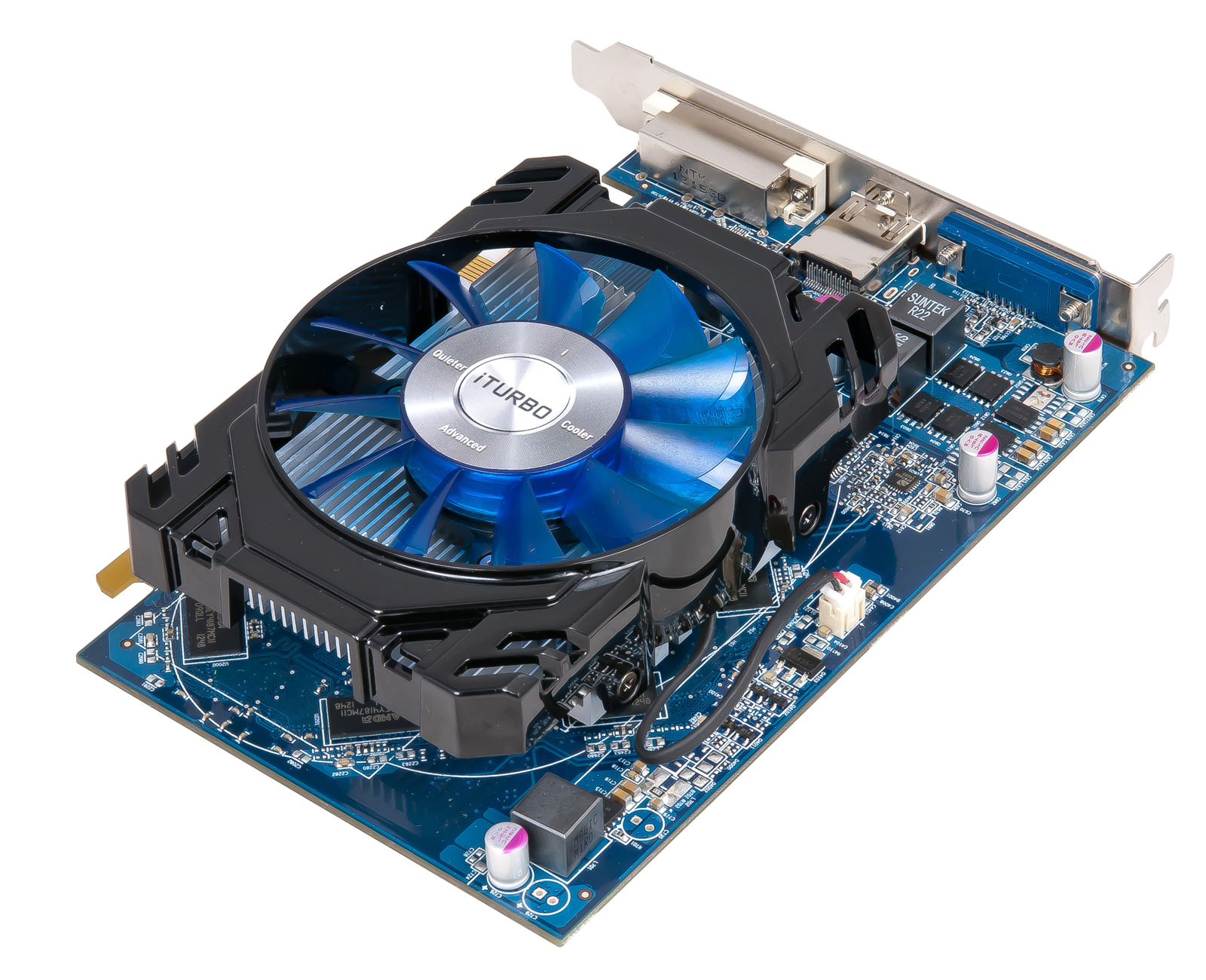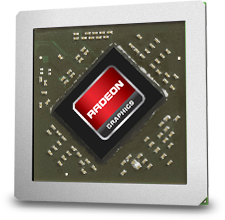

Since the R600 GPU, a 5D VLIW arrangement has been used as the shader architecture, in which five stream processors (ALU) are combined to form a shader. These are based on the Cayman graphics processor, for which a new shader design was developed.

On December 15, 2010, AMD introduced the Radeon HD 69. The naming caused confusion, since the Radeon HD 68 had a lower performance compared to the Radeon HD 58, although the name suggests the opposite.
#Shader model 3.0 amd radeon hd 6750 drivers
Ultimately, AMD took back the lowering of the default filter quality with the Catalyst drivers 11.1a and 11.2, which at least partially remedied the fact of the flickering AF filter.
#Shader model 3.0 amd radeon hd 6750 series
is due to a lowering of the default filter quality in the Catalyst driver, which was also done on the older models of the Radeon HD 5000 series with Cypress GPU. The naming and the AF filter were sometimes controversial in the trade press : Although the banding effect (abrupt texture transitions) from the Evergreen series has been largely eliminated, the AF filter also tended to flicker more, which, among other things. In some test reports, the Radeon HD 6850 was initially rated “too positive”, because all shader clusters were partially activated on the test samples and the corresponding cards thus achieved a performance that did not correspond to that of the cards available in stores. Two of the 14 shader clusters are deactivated on the Radeon HD 6850, which means that it roughly achieves the performance of the Geforce GTX 460 (1024), which has been relatively successful in the performance sector to date. The Radeon HD 6870 uses an uncut Barts GPU and thus achieves a performance that is between the Radeon HD 5850 and the Geforce GTX 470.

In addition to the possibility of 3D playback, a third generation “ Unified Video Decoder ” is implemented, which supports hardware acceleration for more video formats. However, the advantage does not apply to larger tessellation loads. The "Fixed Function Unit", the thread management and the data buffer have been improved, which means that with moderate use of tessellation, AMD has been able to double its performance compared to the Cypress GPU. Total Barts consists of 1.7 billion transistors on a The mm² face of 255th After Nvidia was able to demonstrate advantages in the area of tessellation performance with its Fermi architecture, AMD revised the tesselator for the Barts GPU. Since AMD does not assign the Barts GPU to the high-end sector, double-precision support was dispensed with, which meant that transistors could be saved. The cluster structure of the GPU (16 shader and four texture units) is also identical, which means that Barts has a total of 14 clusters of 224 shader and 56 texture units. Both cards use the Barts graphics processor, which is still based on the " Terascale 2 architecture " of the Radeon HD 5000 series and whose shader units are thus built in the 5D VLIW design. The first models of the Radeon HD 6000 series were presented to the trade press in the form of the Radeon HD 68 on October 19, 2010, before the NDA officially fell three days later.


 0 kommentar(er)
0 kommentar(er)
